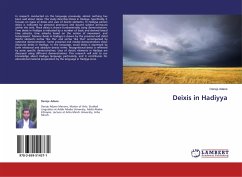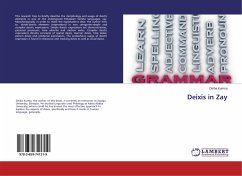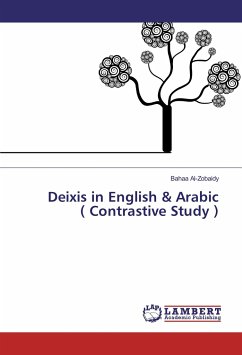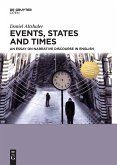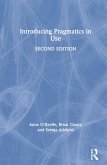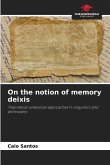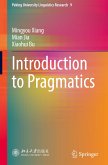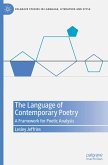In research conducted on the language previously, almost nothing has been said about deixis. This study describes Deixis in Hadiyya. Specifically, it focuses on types of deixis and uses of deictic elements. In Hadiyya person deixis is indicated by personal pronouns and bound subject pronouns within the verb. Place deixis is shown fundamentally using demonstratives. Time deixis in Hadiyya is indicated by a number of basic and derived lexical time adverbs, time adverbs based on the notion of movement, and tense/aspect. Manner deixis in Hadiyya is shown by the proximal and distal deictic elements ka isa 'like this' and ee isa 'like that' accompanied by ostensive demonstration. Some proximal and medial demonstratives show discourse deixis in Hadiyya. In the language, social deixis is expressed by both relational and absolute deictic terms. Recognitional deixis is reflected by some specific demonstratives. Uses of deictic elements in Hadiyya are discussed using different demonstratives. This research will add to our knowledge about Hadiyya language particularly, and it contributes for educational material preparation by the language in Hadiyya zone.
Hinweis: Dieser Artikel kann nur an eine deutsche Lieferadresse ausgeliefert werden.
Hinweis: Dieser Artikel kann nur an eine deutsche Lieferadresse ausgeliefert werden.

